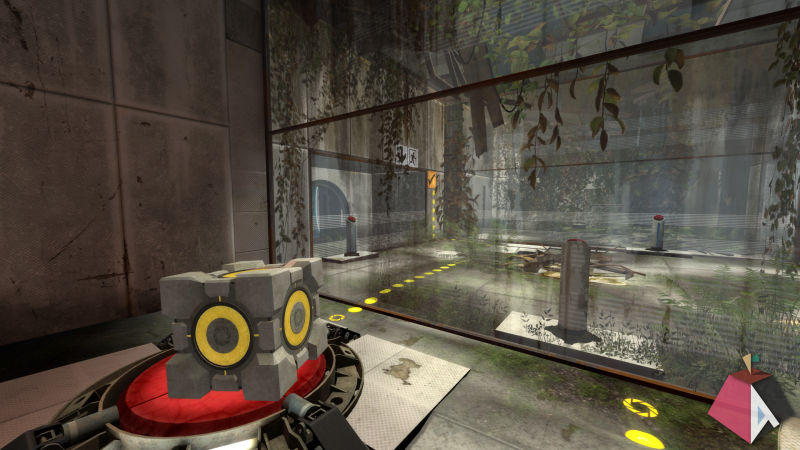FLOSS Weekly Episode 810: Pi4J – Stable and Boring on the Raspberry Pi

This week, Jonathan Bennett, Randal Schwartz, and Aaron Newcomb chat about Linux, the challenges with using system modules like the Raspberry Pi, challenges with funding development, and more!
Did you know you can watch the live recording of the show Right on our YouTube Channel? Have someone you’d like us to interview? Let us know, or contact the guest and have them contact us! Take a look at the schedule here.
Direct Download in DRM-free MP3.
If you’d rather read along, here’s the transcript for this week’s episode.

 , and Vulkan® drivers” for Apple’s M1 and M2.
, and Vulkan® drivers” for Apple’s M1 and M2.